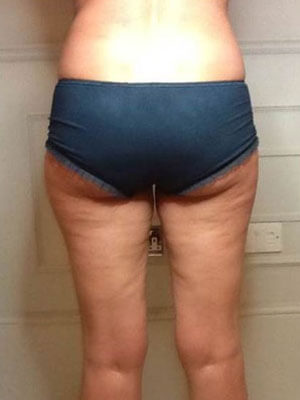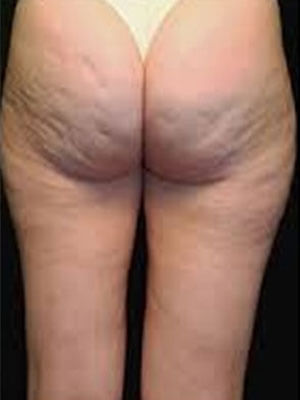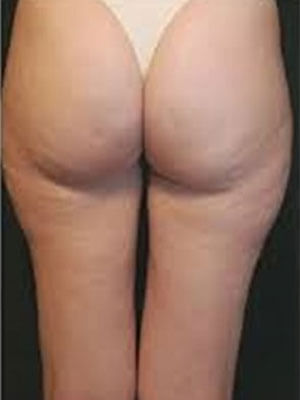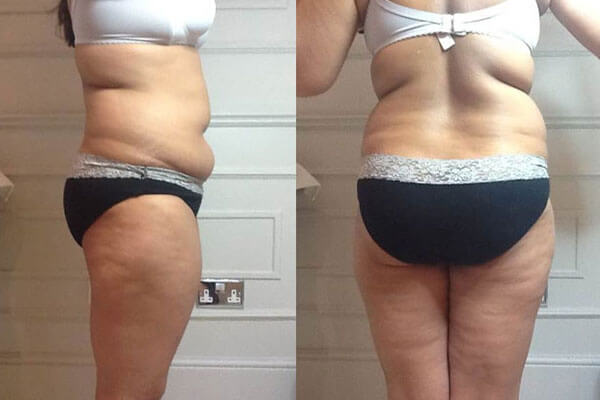As with many new body sculpting treatments there are often a whole host of questions that people want answered… In this article we look at fat freezing and tackle 8 of those questions.
1 – What is fat freezing?
Fat freezing was initially discovered whilst researchers were investigating frostbite, they noticed that fat freezes before skin does, this freezing altered the cells of the fat without damaging the skin. The process is undertaken with a nonsurgical machine which is designed to target fat, cellulite and to treat skin tightening. It is often known as coolsculpting procedures. The fat freezing process destroys fat cells using 2 processes, cavitation and a phenomenon called cryolipolysis. Because the fat cells are destroyed internally and turned into a liquid state they can be disposed of via natural body processes, without the need for additional invasive treatments.
2 – How does fat freezing work?
Cryolipolysis (fat freezing) targets fat cells specifically, it lowers the temperature to -6°, crystallising them and leaving them free to be disposed of naturally in the body. some of the best systems, such as the 3-D Lipomed use cavitation at the same time as this freezing. Cavitation uses ultrasound waves which causes destruction of the fat cells, breaking down their membrane. The dead fat cell is then disposed of naturally within the body via the liver and lymphatic system.
The results of cavitation are often seen on the first appointment and the results of cryolipolysis can be seen within a couple of months.
The procedure can be used in a range of locations on the body to assist with weight loss through diet and exercise, including waste (love handles) and double chins. One should always note that this procedure should be considered in conjunction with other techniques to lose weight.
3 – Does fat freezing work?
Yes is the simple answer but the best thing we can do is to show you before and after photographs of fat freezing so you can see the results for yourself.
Leg and Buttock treatment in 3 sessions

Before

After
Cellulite Reduction – before and after

Before

After
Belly Reduction Before and After – Full Circumference

Before

After
4 – How much is liposuction in the UK?
Lyposuction is usually more expensive than cool sculpting. Liposuction treatments usually start around £2500 and can often increase to just over £6000. These costs can increase considerably if a general anaesthetic is used. Fat freezing on the other hand depends upon the area treated but this typically starts at around £124.50 for a small area per session – with a course of 8 recommended.
5 – Can you freeze your fat off at home?
Whilst this is a very common question, the answer is no. You cannot freeze your fat of at home. The cavitation and cryolipolysis processes involve soundwaves at a very specific frequency which turn the fat into a liquid to be absorbed into the body. It is just not possible to achieve the correct frequencies using any form of home treatment
6 – Fat freezing vs tummy tuck
The primary difference between fat freezing and a tummy tuck is that fat freezing is the nonsurgical procedure whereas a tummy tuck is surgical. A tummy tuck, known medically as abdominoplasty, is where excess fat and skin are removed. The tummy tuck process is primarily designed to provide a toned and flat profile, very much like fat freezing but it achieves it in a very different way. A tummy tuck will require an anaesthetic, most usually intravenous sedation or a general anaesthetic. An incision will then be made, the skin lifted and the underlying weaknesses in the muscle repaired.
In contrast to this, fat freezing does not alter the muscles, it simply removes the fat by liquefying it and allowing it to be absorbed naturally in the body
7 – Is fat freezing safe?
in 2015 researchers from the Plastic and Reconstructive Surgery publication reported that there were no major health risks associated with the procedure. They said there was no reduction in liver function (this is where the fact is taken in the body). In this particular study they noted that people lost between 14.67 and 28.5% of the fact in the areas treated. Another study in Aesthetic Surgery Journal also found that the average fat reduction was around 19.55%.
8 – Are there any side effects from fat freezing?
Even though fat freezing is usually considered a ‘lunchtime treatment’ due to the fact it requires no incision or anesthesia there are sometimes side-effects, typically these include:
- Localised sensitivity – this generally subsides within one week.
- Tagging sensation during treatment – this is not painful but can be surprising if you are not expecting it.
- Mild redness, bruising or swelling.
- A slight tingling or stinging sensation on the treatment site – this again usually subsides within one week.
- Very occasionally a rare condition called paradoxical adipose hyperplasia can occur, this happens more frequently in men and is where the cells in large in size rather than reduce. It is not fully understood why this happens.

